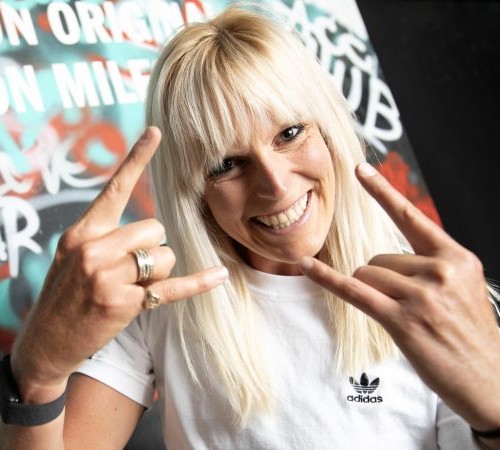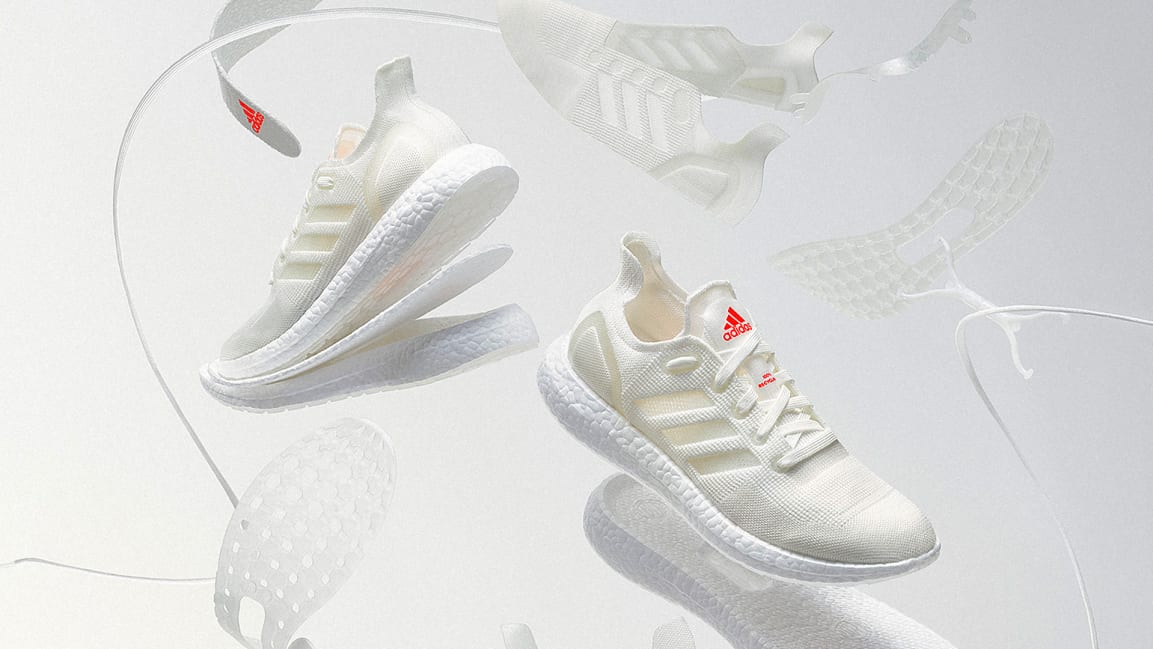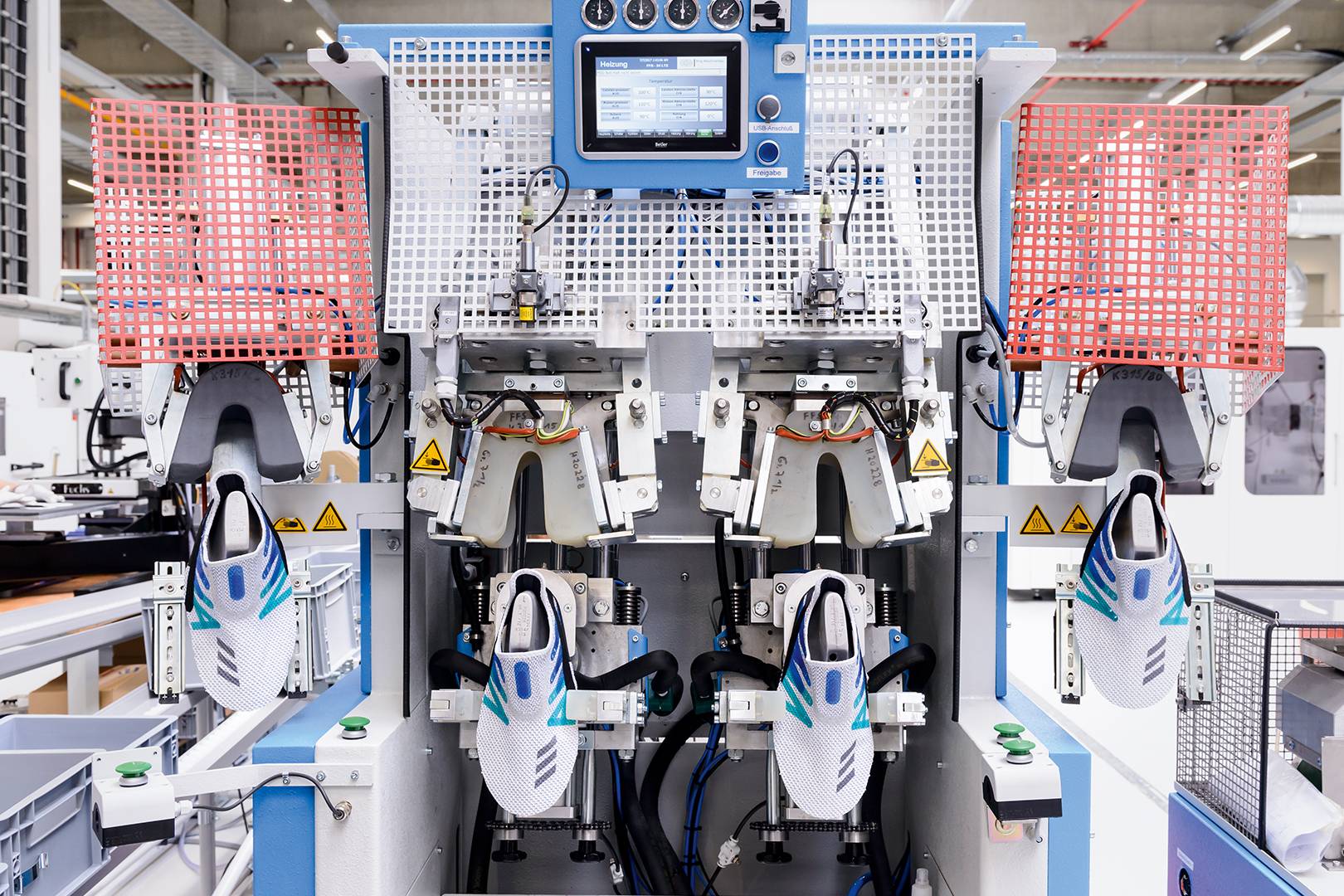Case study overview
After a childhood dream of becoming a ski instructor, Felicity went off-piste to study mechanical engineering. An ELS-funded trip to a conference and competitive running led to a career-defining work placement. Entrepreneurial experience, another degree and injuries followed, but Felicity ran with it to secure a career at adidas.
The ELS offered so much in terms of development, planning, focus, mentoring, and, obviously, better funding to go out and
explore. It was a catalyst.

Quick off the blocks
From a young age, Felicity knew she wanted to work in sport, but thanks to her talent for sciences, she decided to study mechanical engineering at Durham University, which had a strong biomedical module, “to keep the doors open”.
At university, Felicity wanted to explore the world of sports engineering. Thanks to the ELS funding, she was able to attend a sports engineering conference in Biarritz, where she met adidas’ senior director of engineering. “I came away from that conference and introduction really inspired.”
At the same time, Felicity was running for Great Britain. She was sponsored by adidas and secured a work placement at the company’s headquarters. “I met Tim Lucas – the same guy I met at the sports engineering conference – and we started talking about research projects,” she says. “I felt that ‘this is where I want to work,’ but I had a few things left to do first.” After she graduated, she went to run for Oklahoma State University, which has a strong track and cross-country team.
Running with it
In order to benefit from this sporting opportunity, Felicity had to enrol on another course, and chose a master’s in entrepreneurship. “I ended up patenting my own product,” Felicity says. Her scholarship ended after 18 months and she returned to the UK to study at Loughborough University and to be around UK Athletics.
She enrolled in another master’s in biomechanical engineering and took advantage of the university’s business incubator to develop an electroconductive compression product. She won UK’s Young Entrepreneur of the Year award, but realised to would take a long time to get her healthcare device out into the world, as it would need to go through medical trials, which she saw as a “very lonely, hard route”. So, Felicity applied for an internship at adidas.

It all started from that engineering conference.
If the shoe fits
Felicity thought she would be most interested in product innovation, but she went into ‘creative direction’, which used her engineering background to work on creating a 3D creation pipeline from design, development to production and marketing.
A few years later, adidas launched its new five-year strategy “creating the new,” and Felicity landed a place on the brand strategy team. “Almost immediately, I started working on a new business model, which was driven by our engineering team, based on automated manufacturing, local production and real-time consumer driven insights,” she says.
Huge learnings
Instead of sending goods to manufacture in Asia and having massive global supply chains, the idea was to create smaller ecosystems to better serve local markets; more sustainable, more culturally relevant and faster creation times.
“With all the automation, you’d be able to respond to individual needs and market trends, and it would be more sustainable. It’s the future of where things are going,” Felicity explains.
She worked on that project for three years and made “huge learnings”. While she now works in the digital strategy and innovation team on business model innovation, building, testing and scaling new revenue development opportunities, her background enables her to take a systems-driven approach.

Advice
Felicity believes applicants should be themselves and play to their strengths in the competitive applications process. “I don’t think you need to comply or copy,” she says. “They [the panel] want to meet candidates who have the potential to be future leaders – that’s the whole point. So, lead, don’t follow.”
Interested in participating in the Engineering Leaders Scholarship?
Visit the programme pages to find out more about how it could benefit you and your career.
